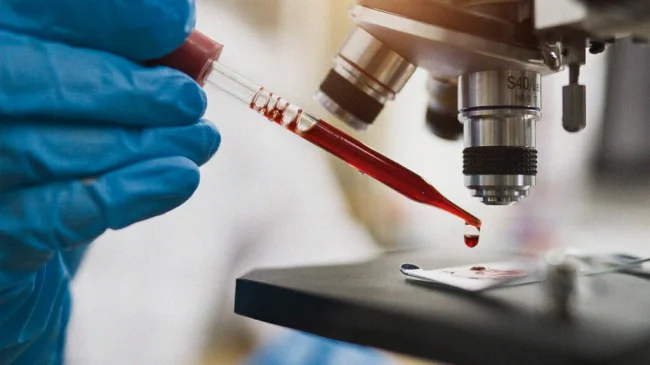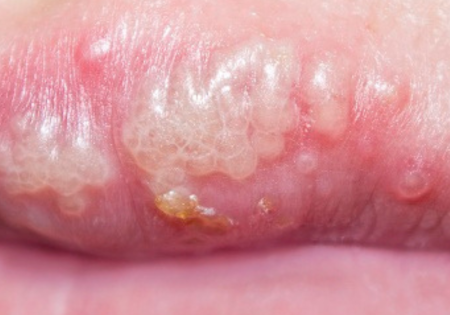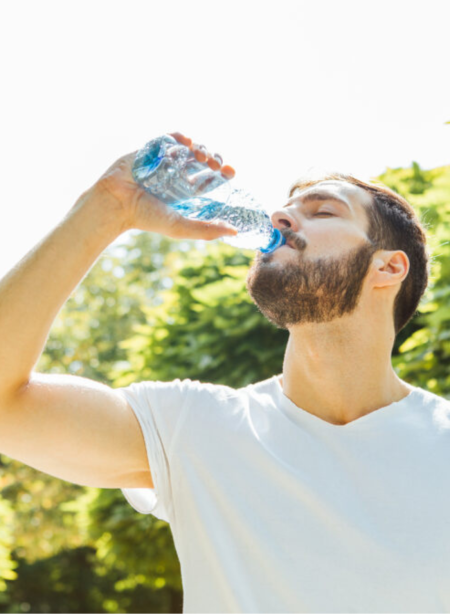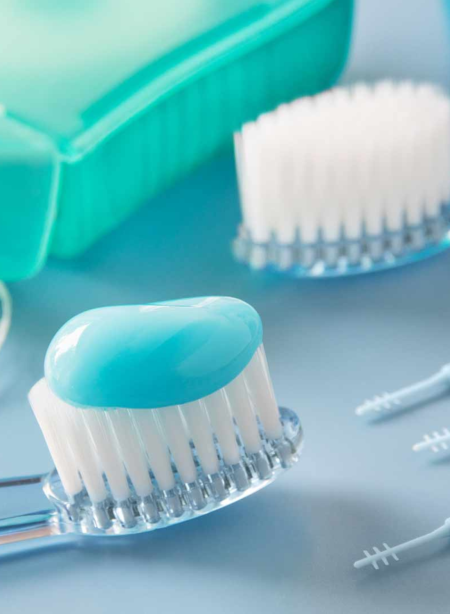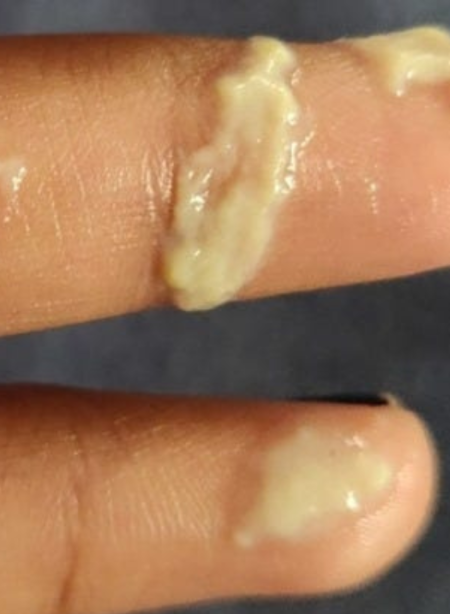The Human Immunodeficiency Virus is known as HIV. This virus assaults the immune system, focusing on the body’s CD4 cells, or T cells, which are essential for aiding the body in fending off diseases.
HIV can eventually cause the body to lose so many of these cells that it is unable to fend against illnesses and infections.
Blood, semen, vaginal fluids, and breast milk are among the body fluids that can spread HIV. Unprotected sexual contact, sharing syringes or needles with an HIV-positive individual, and mother-to-child transmission during pregnancy, childbirth, or breastfeeding are the most frequent ways to transmit disease.
ACTIONS THAT INCREASE YOUR RISK OF HAVING HIV
- Unprotected Sexual Contact: Having sex without the use of condoms dramatically raises the risk of HIV infection, particularly if one’s partner is HIV-positive or has unclear status. Comparatively speaking, oral sex is less risky than vaginal and anal sex.
- Sharing Needles: When an HIV-positive person shares needles, syringes, or other injecting supplies with another person, the virus can enter their circulation and spread. Those who inject substances—including illicit narcotics and injectable medications—are more at risk for this.
- Vertical Transmission: HIV can be passed from pregnant women to their unborn children through the placenta, nursing, or childbirth. The risk of transmission from mother to kid is very high in the absence of intervention. However, the risk of transmission can be significantly decreased with appropriate medical treatment, including antiretroviral therapy throughout pregnancy and delivery.
- Blood Transfusions and Organ Transplants: Receiving contaminated blood or organs can spread HIV, however this is uncommon in nations where donors of blood and organs undergo HIV screening. Nevertheless, stringent screening protocols have greatly reduced this risk.
- Sexual Assault: The risk of HIV transmission is increased when someone is the victim of sexual assault or rape, particularly if protection was not utilized. In order to lower their chance of contracting HIV, victims of sexual assault should seek out urgent medical assistance, including testing and possible post-exposure prophylaxis (PEP).
- Many Sexual Partners: Having multiple partners increases the risk of being in contact with someone who is HIV-positive, especially if protection is not used. Due to increased exposure to possible infection sources, this behavior raises the chance of getting infected with the virus.
- Sexual Contact with High-Risk Individuals: Having intercourse with people who are known to be very susceptible to HIV infection, such as drug injectors or people who have unprotected many partners, can greatly increase one’s risk of contracting HIV.
- Sexually transmitted infections (STIs): HIV infection risk may be increased by co-occurring STIs such as gonorrhea, herpes, or syphilis. HIV can spread through vaginal ulcers or other inflammation that these illnesses might produce.
- Lack of Knowledge or Education: People who are unaware of HIV risk factors, prevention strategies, or routes of transmission may engage in activities that raise their chance of getting the virus. Elevated rates of HIV transmission may be caused by inadequate access to correct information and education regarding preventative measures
While there is no cure for HIV, it can be managed effectively with antiretroviral therapy (ART), a combination of medications that suppress the replication of the virus and allow people with HIV to live longer and healthier lives. Additionally, preventive measures such as practicing safe sex, using clean needles, and pre-exposure prophylaxis (PrEP) can significantly reduce the risk of HIV transmission.

